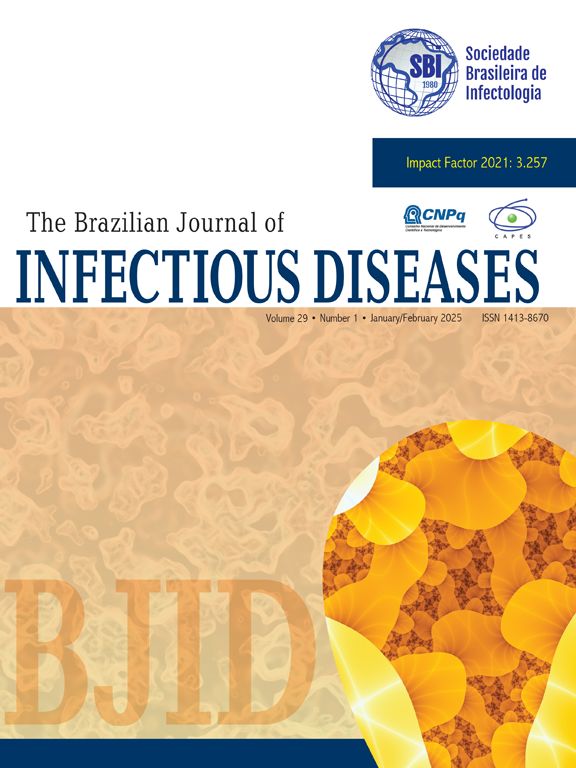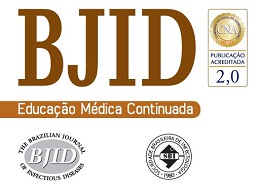After the advent of HAART, the clinical course of HIV infection has dramatically improved. Therefore, it seems appropriate to reevaluate the performance of bone marrow biopsy (BMB) as a diagnostic tool. The aim of the present study was to compare the reasons for performing a BMB and its diagnostic yield in HIV-patients before and after HAART. A total of 165 BMB specimens obtained from HIV-infected patients receiving care at the Hospital of Universidade Federal do Rio de Janeiro in two different periods (1986-1994 and 1999-2004) were analysed. The main reason for BMB examination in the first period was fever (88%), which decreased in the second period (57%, p < 0.0001), when cytopenia (51%) was the leading reason for BMB, whereas in the first period it accounted for only 30% (p = 0.008). A definitive diagnosis (infection, granulomas or lymphomas) was obtained in 28% of patients in the first period and in 19% during the second period (p = 0.20). The diagnosis turned out as infections decreased from 16% in period 1 to 2% in period 2 (p = 0.003). Despite the the limitations in the evaluation of fever, the use of BMB must be considered on an individual basis, whenever less invasive alternatives have been exhausted, and should be complemented by a bone marrow aspiration for microbiological studies.
The Impact Factor measures the average number of citations received in a particular year by papers published in the journal during the two preceding years.
© Clarivate Analytics, Journal Citation Reports 2025
SRJ is a prestige metric based on the idea that not all citations are the same. SJR uses a similar algorithm as the Google page rank; it provides a quantitative and qualitative measure of the journal's impact.
See moreSNIP measures contextual citation impact by wighting citations based on the total number of citations in a subject field.
See more



